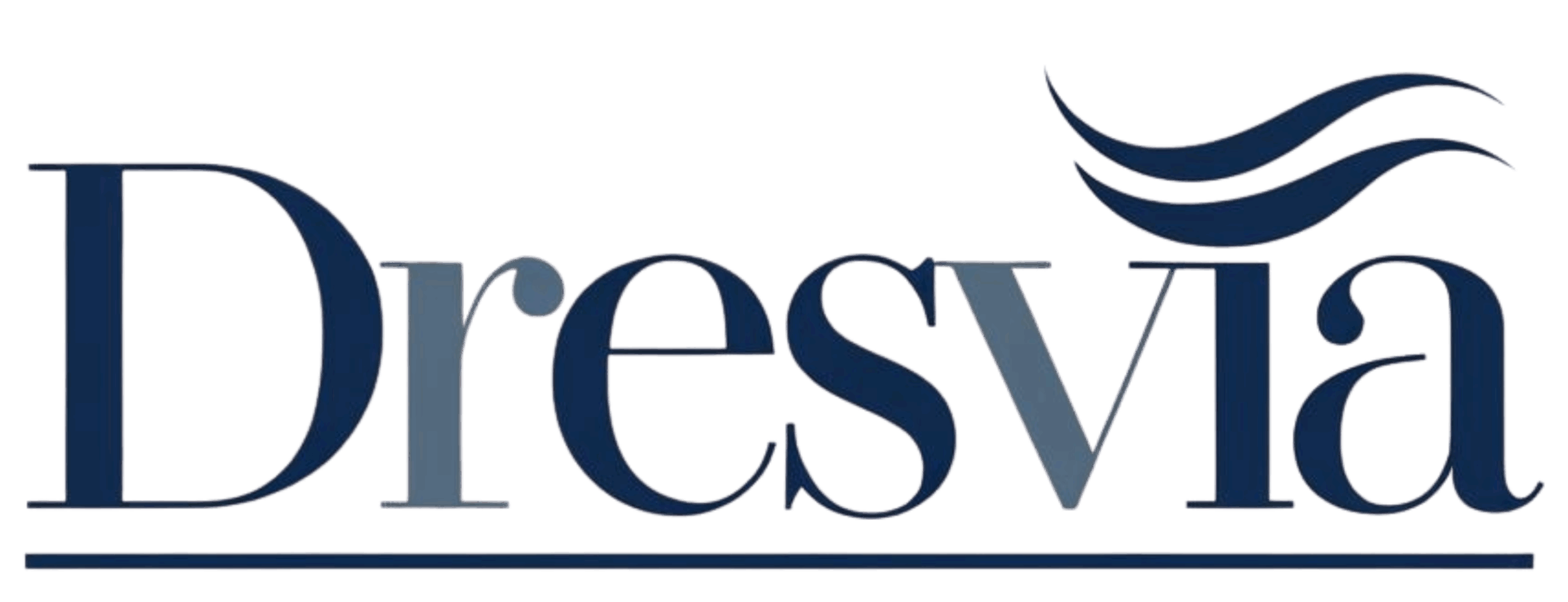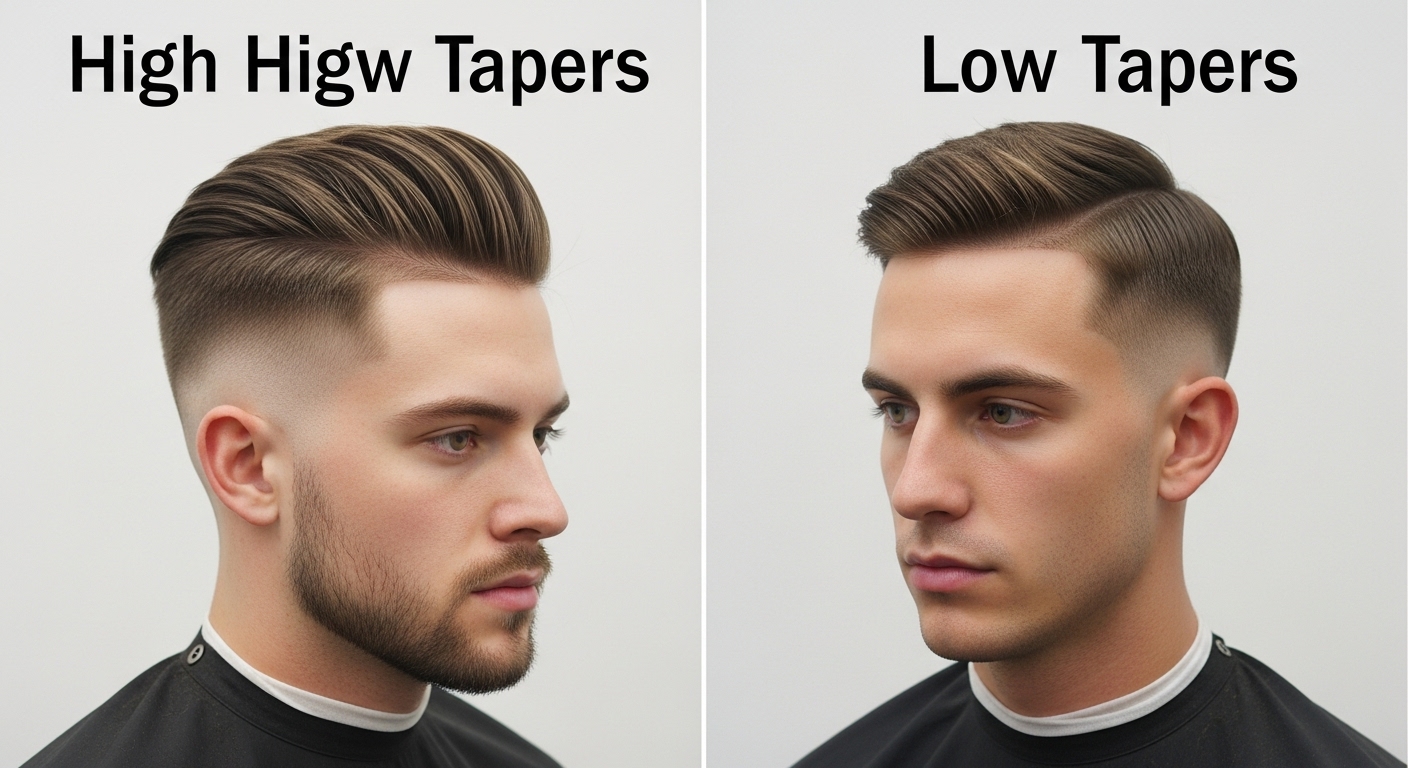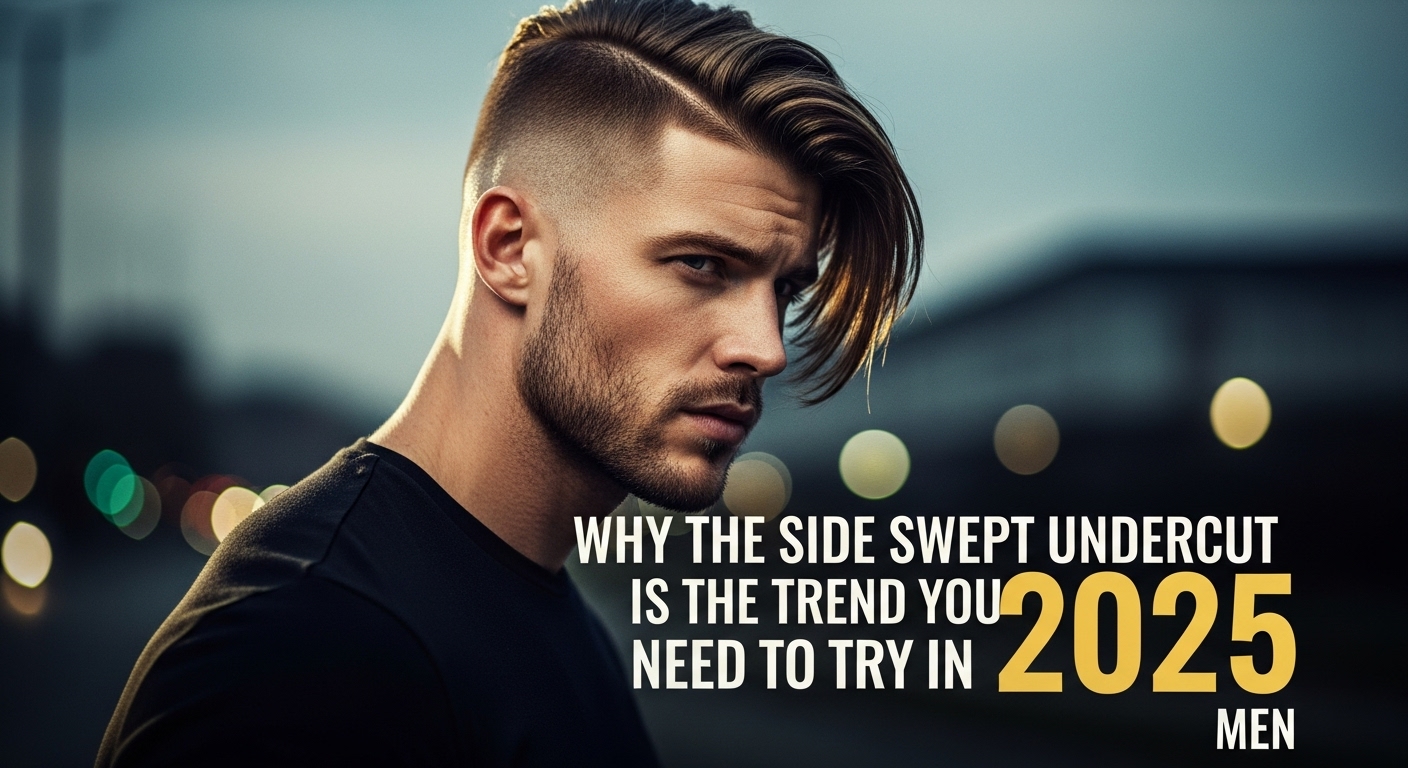You are in the barber shop and the person cutting your hair is asking you, “Are you looking at a high taper or a low taper?” and you are still just there for a moment? Yes, I can relate to that. Although it seems not very important, this quite defines how you appear. The fact is, deciding between a high taper or a low taper is as if you are picking your mood: neat and daring, or calm and modest. Let’s dig into this without any kind of explanation, just as if we were sitting in the barbershop, and making jokes like friends.
What Is a Taper Fade Haircut?
A taper fade haircut is basically that smooth transition from longer hair on top to shorter near the neck and ears. It’s like a gradient—clean, crisp, and super versatile. You’ve probably had one before without even knowing the name.

High, Mid, and Low: What’s the Difference?
- High Taper Fade: The fade kicks in up high, near the temples.
- Mid Taper Fade: Starts halfway down the sides.
- Low Taper Fade: Begins just above your ears and gently blends into the neck.
Each version hits different, depending on how bold or chill you want to look.
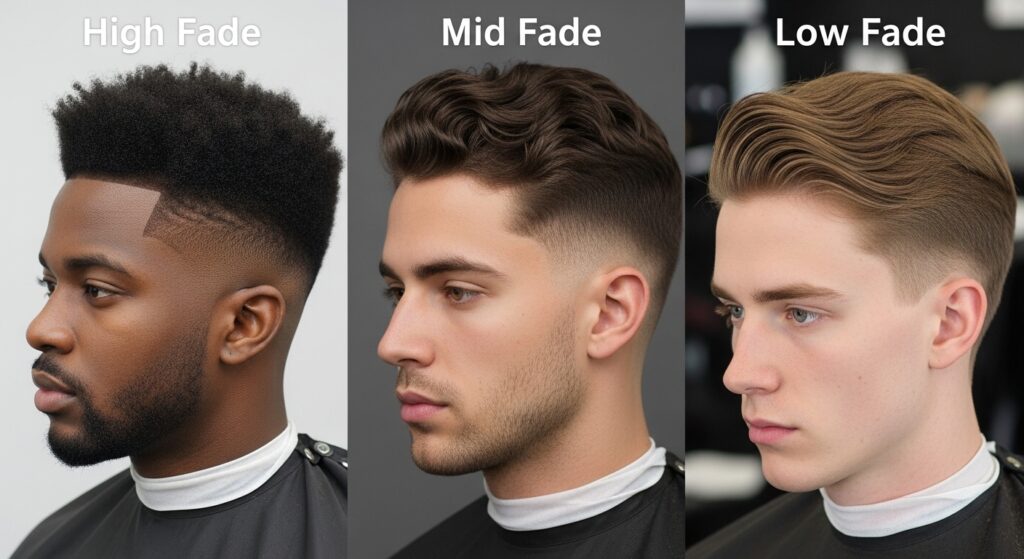
What Is a High Taper Fade?
A high taper fade starts up near the top of your ears or temples. It’s eye-catching and gives off a fresh, edgy vibe. Think sharp corners, defined edges—it’s loud in a good way.
Who It Works For
This one’s a winner if you have:
- A rounder face and want more definition
- A strong jawline you want to flex
- An oval or heart-shaped face
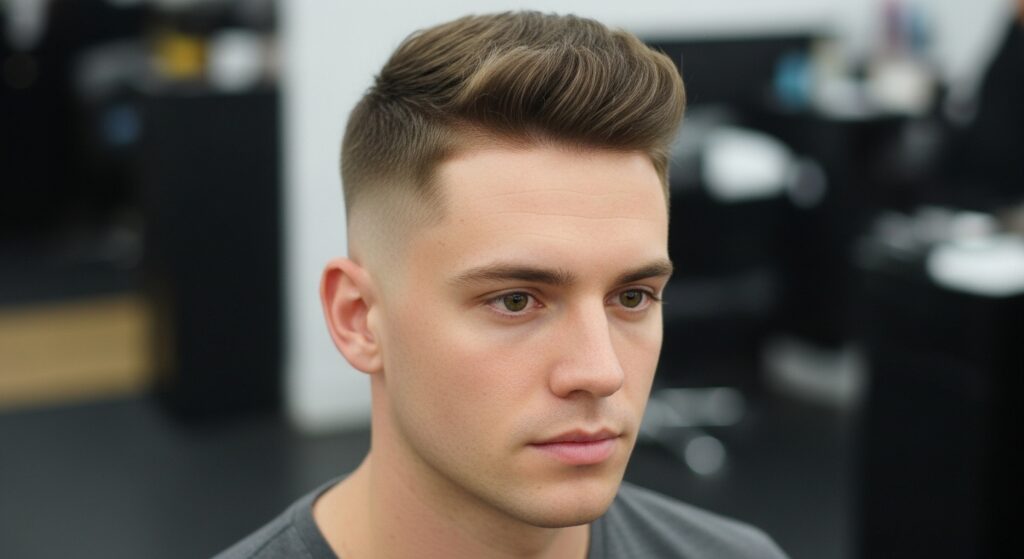
What Is a Low Taper Fade?
The low taper fade fades in closer to the neckline and right above the ears. It’s subtle, clean, and just gives that smooth professional finish without making too much noise.
Best For Chill, Clean Styles
Low tapers look great if:
- You need something workplace-friendly
- You prefer classic or old-school styles
- You want to keep your curls or waves in focus
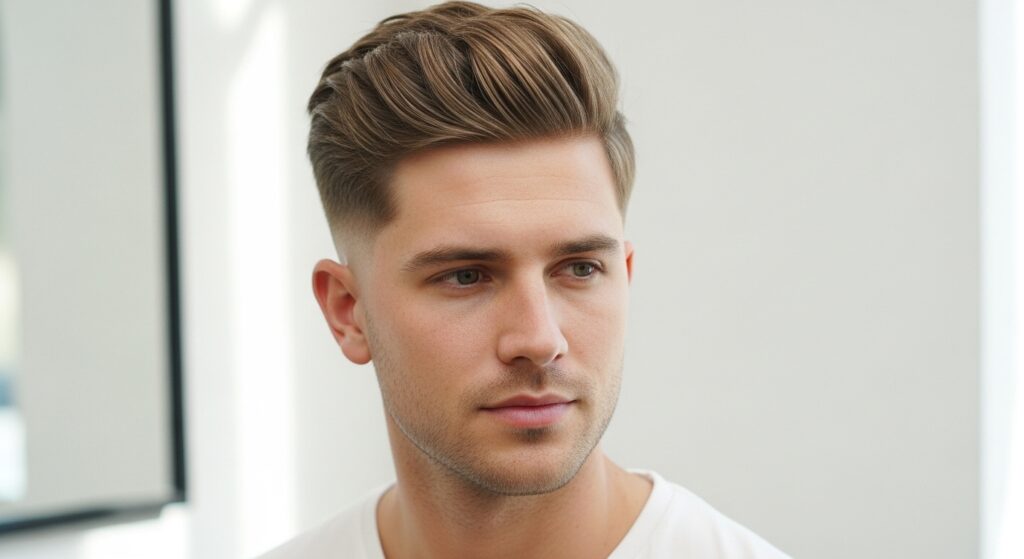
High Taper vs Low Taper: Side-by-Side Comparison
What They Look Like
- High Taper: Bold, more dramatic fade. Sharp and eye-catching.
- Low Taper: Gentle fade that keeps it laid-back and tidy.
How Much Work to Maintain?
- High Taper: Needs touch-ups every week or two to keep that clean line.
- Low Taper: Can go a bit longer before it starts looking overgrown.
How You Can Style Them
- High Taper: Pairs well with afros, sponges, mohawks, and high-top styles.
- Low Taper: Slick backs, curls, waves, or anything with more top volume.

Best Hairstyles for Each Taper Type
For High Taper Fans:
- Afro (short or medium)
- Faux Hawk
- Sponge curls
- High-top fades
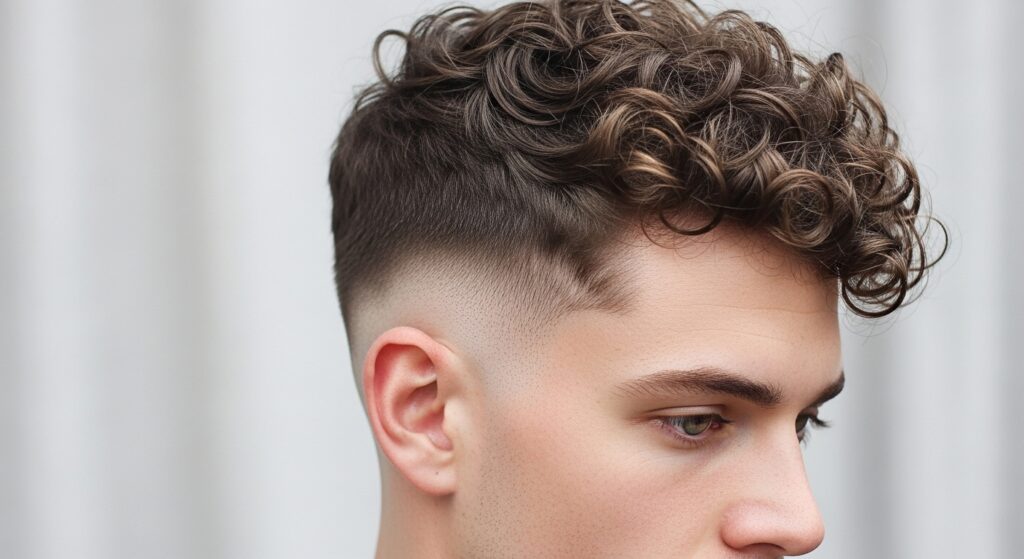

For Low Taper Lovers:
- Brushed waves
- Textured tops
- Slick backs
- Low Caesar cut


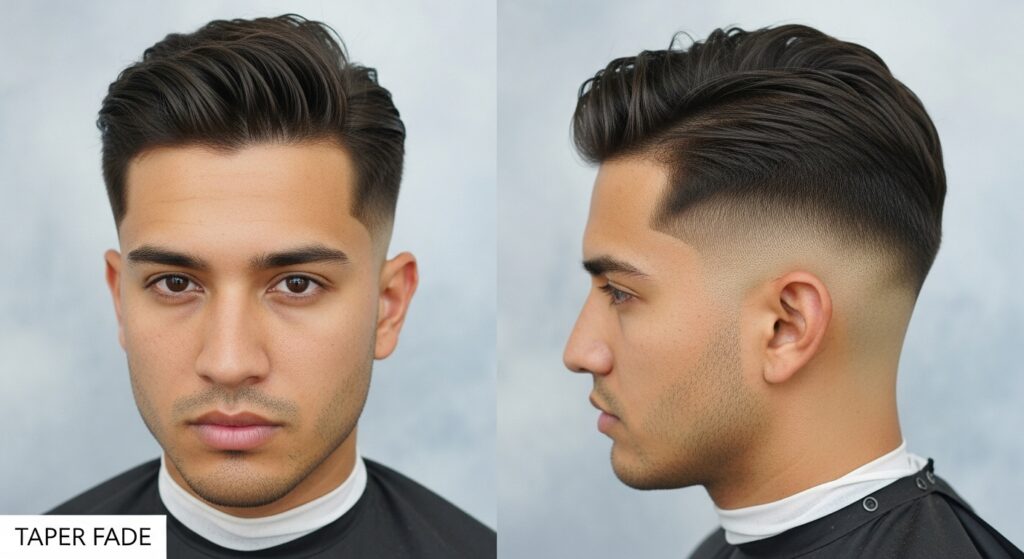
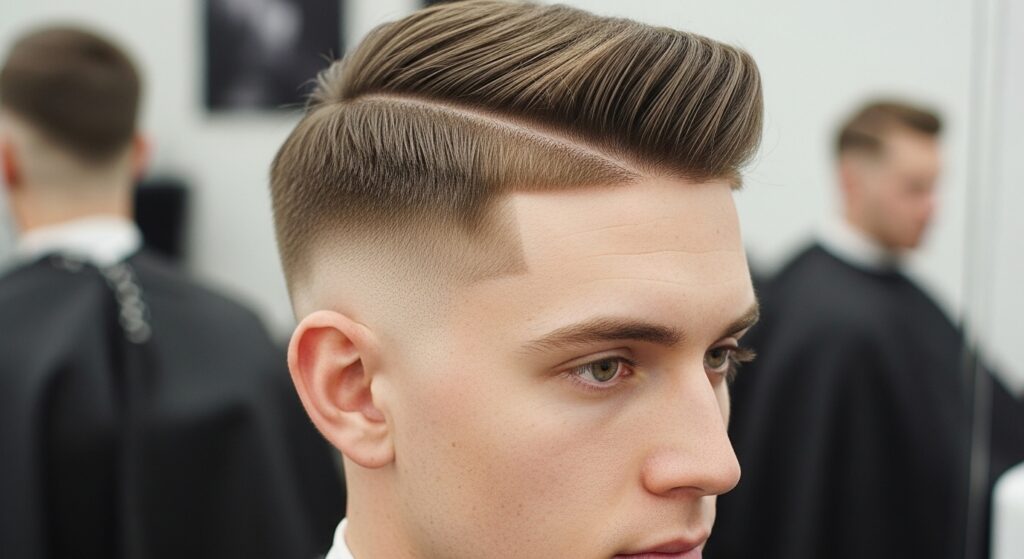
Barber Tips – Picking Based on Your Hair & Face
- Curly Hair? A high taper can help shape it up without losing volume.
- Thick Hair? Both tapers work, but high taper can thin out the sides a bit.
- Thin Hair? Low taper keeps more hair around the temples.
- Round Face? Go high taper to stretch things vertically.
- Long Face? Low taper can help balance your profile.
Common Mistakes and How to Dodge Them
- Mixing Up a Fade and a Taper: A taper focuses on the neckline and sideburns. A full fade can go all the way to the top of your head.
- Just Going with the Trend: Think about your face shape, your job, and your style before jumping into something new.
- Not Talking to Your Barber: Always show a pic or at least describe exactly where you want the fade to start.
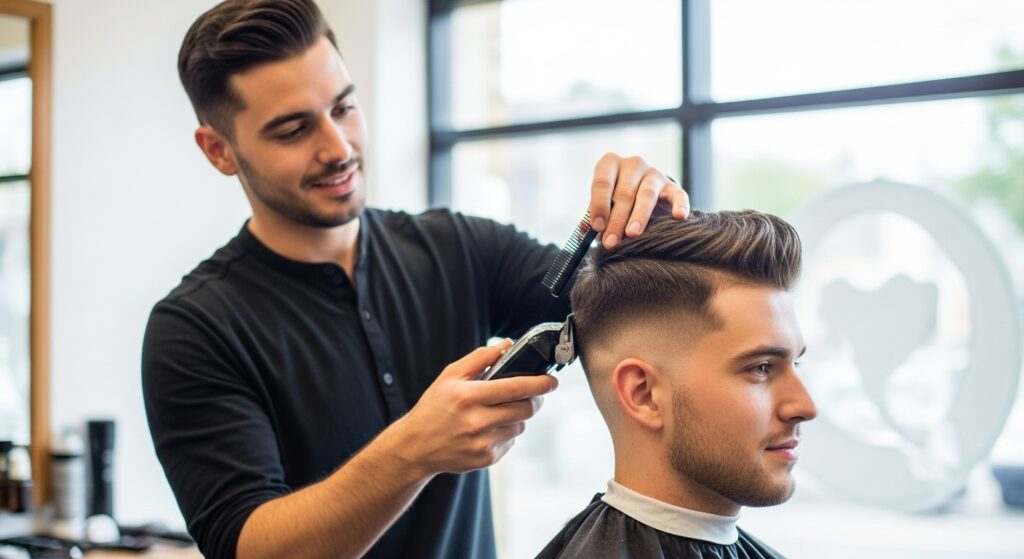
FAQs
Q: Is a high taper more modern than low?
A: Yeah, it’s trending a bit more right now, but both are classic depending on how you wear ‘em.
Q: Does low taper work with curly hair?
A: Absolutely. It keeps more of your natural texture without over-fading the curls.
Q: Can I add a design with a taper fade?
A: Totally. Especially with a high taper—gives your barber more room to play with.
Q: How often do I need to clean up my taper fade?
A: Every 1–2 weeks if you want that sharp look to stick around.

Kamran Shahzad blends creativity with expertise in hair fashion, offering style guides and haircut inspiration for every vibe. At Dresvia, he helps you transform everyday looks into standout statements.
